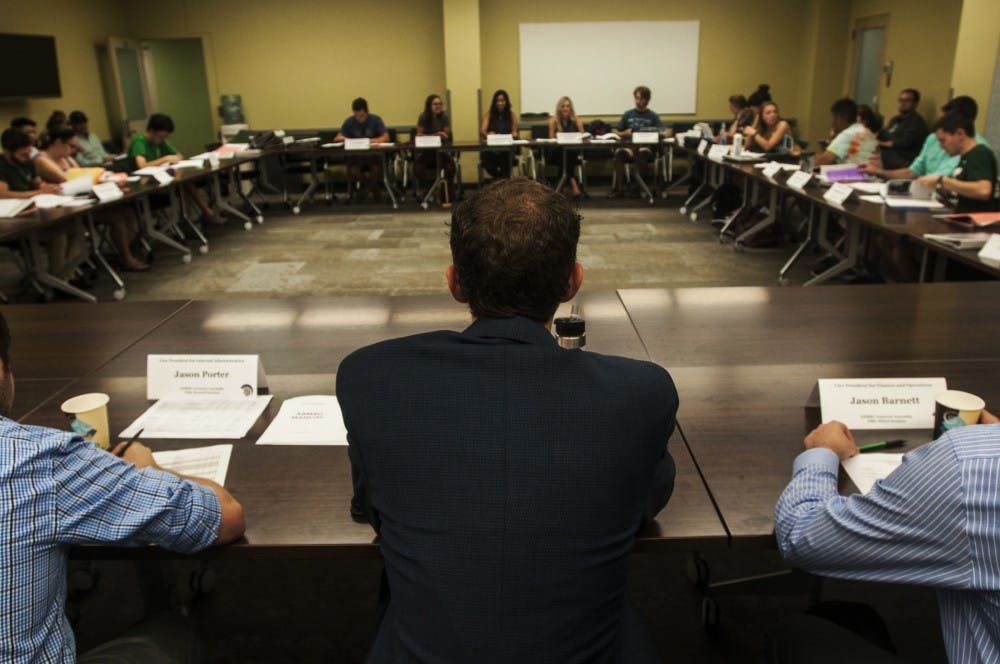The Associated Students of Michigan State University, or ASMSU, is still working on developing a Safe Rides program for students to get home safely and to take proactive measures against assaults on and off campus. MSU is one of the few Big Ten universities that has not developed a safe ride program and ASMSU has been working on developing the service for almost five years.
Almost five years ago when the service was introduced, there was no free service on or off campus that could drive students home safely for free, and that remains true to this day, Jason Barnett, ASMSU vice president for finance and operations, said.
“There’s been a lot of support for education and, you know, promoting safety on campus, but none of that is really a proactive measure,” Barnett said. “This is a proactive measure. The only way you can really limit the amount of assaults that are happening is to just not let students walk home alone. So this has been a wildly successful program at other universities and there’s no reason it wouldn’t be here as well.”
The logistics of the program are still being worked out between ASMSU and the university.
The program would run from 10 p.m. to 3 a.m. and would be free for students, but questions of where the money would come from and who would drive students are still being discussed.
As reported by The State News, ASMSU allocated $57,000 in April 2015 for the research and implementation of a pilot program. This pilot program has not yet happened, so the $57,000 was never spent, Barnett said, and instead this money rolled back over into ASMSU’s general funds at its expiration. In order to spend this money from the general fund, another bill would have to pass through the general assembly.
ASMSU’s current budget is not enough to cover the total costs of developing a Safe Rides program and a tax would likely need to be implemented to make the program a reality.
Another option to support the program includes getting money from donors.
“That $57,000 would actually work perfectly for a pilot program, but I’ll tell you, every university that we’ve done research on, their Safe Ride budgets were a minimum six-figures,” Barnett said. “We don’t want to pull that money away from services that students use like the iClicker program.”
Implementing a tax is something students would have to vote for, and the amount that students would potentially be taxed would depend on whether Safe Ride services are through students driving other students in university vehicles or through a third party vendor, which would be more expensive.
“Based on ASMSU’s current budget, this isn’t something that we can support with what we currently have,” Barnett said. “We’re trying to look outward, see if this is something we can get donors for. Otherwise, we’ll have to implement a tax, and since this is the only tax year within the next three years, if we want it to happen within the next three years this is the only year to make it happen.”
Barnett said he hopes to pass a bill through the general assembly after spring break to get the pilot program for the service up and running.
The next step in the planning stage for the development of the safe ride program is to get student feedback to see if it’s a service students want and need. Ultimately, ASMSU is looking to see if Safe Rides would benefit students.
“This is a program that needs to be done right the first time. There’s no room for error, so we’re trying to get all of our ducks in a row, put a code of operations together, you know, any scenario, we’re ready for it,” Barnett said. “At the end of the day, if this isn’t something students want, we’re not going to push forward with the initiative.”








